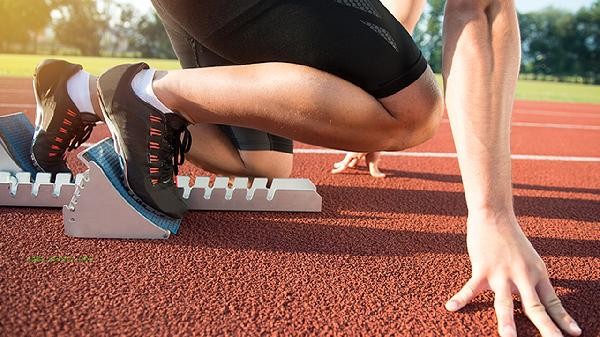The weight loss effects of treadmills and stair climbing vary from person to person. When cardiovascular function is better and efficient fat burning is pursued, stair climbing is faster. When joints are sensitive or stable training is needed, treadmills are better. Climbing stairs is a high-intensity intermittent exercise that can quickly increase heart rate and burn a large amount of calories in a short period of time, with more concentrated stimulation on the lower limb muscles, especially the buttocks and legs. Its vertical movement mode requires resistance to gravity, and the heat consumption may exceed that of a treadmill moving at a constant speed in the same amount of time. However, continuous climbing of stairs can cause significant pressure on the knee joints, and individuals with a large body weight or joint problems may experience discomfort. Treadmills simulate different intensities by adjusting speed and slope, making them suitable for long-term aerobic training with minimal impact on joints and stable control of heart rate range. Some treadmills have a slope function that simulates climbing, balancing fat burning and protection. Climbing stairs is limited by the site and physical strength, making it difficult to sustain for long periods of time and increasing the risk of injury due to deformation caused by fatigue. Treadmills can adapt to different stages of physical fitness by adjusting parameters, and when combined with interval training modes, can alternately stimulate aerobic and anaerobic systems. People with higher body weight are more suitable for walking on gentle slopes or running at low speeds on a treadmill to avoid excessive weight on their knee joints when climbing stairs. Climbing stairs is more suitable as a supplement to short-term and efficient training, while treadmills are suitable for regular daily exercise.

It is recommended to choose the exercise method based on one's own physical ability and joint bearing capacity. In the initial stage, two types of instruments can be used alternately to avoid single fatigue. Warm up and stretch thoroughly before and after exercise, combined with dietary control and strength training to improve basal metabolic rate. Overweight individuals should first consult a doctor or fitness coach to develop personalized plans to avoid sports injuries. Long term persistence and gradual increase in intensity are more important than pursuing short-term results alone.








Comments (0)
Leave a Comment
No comments yet
Be the first to share your thoughts!